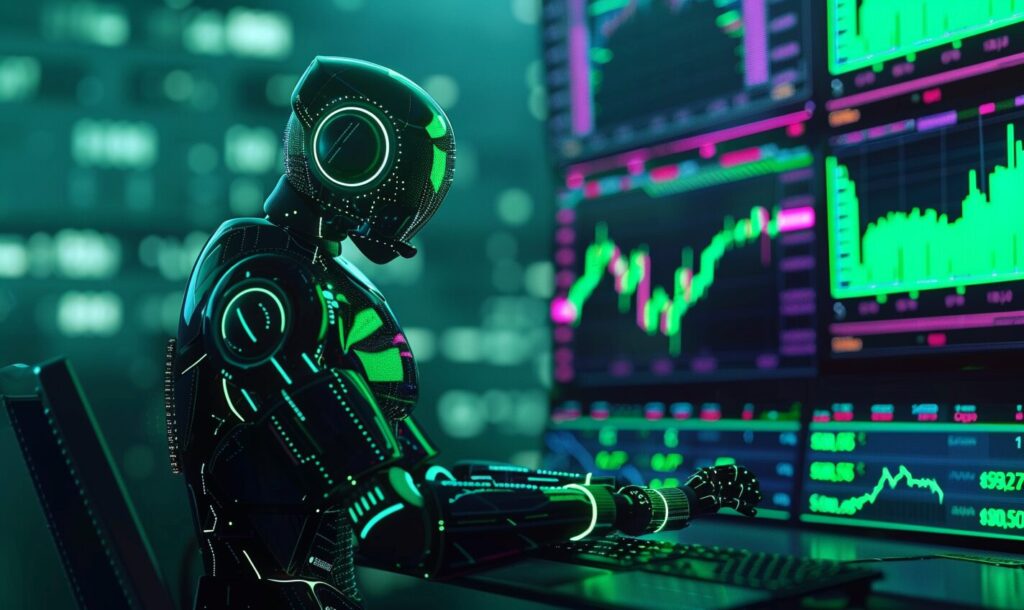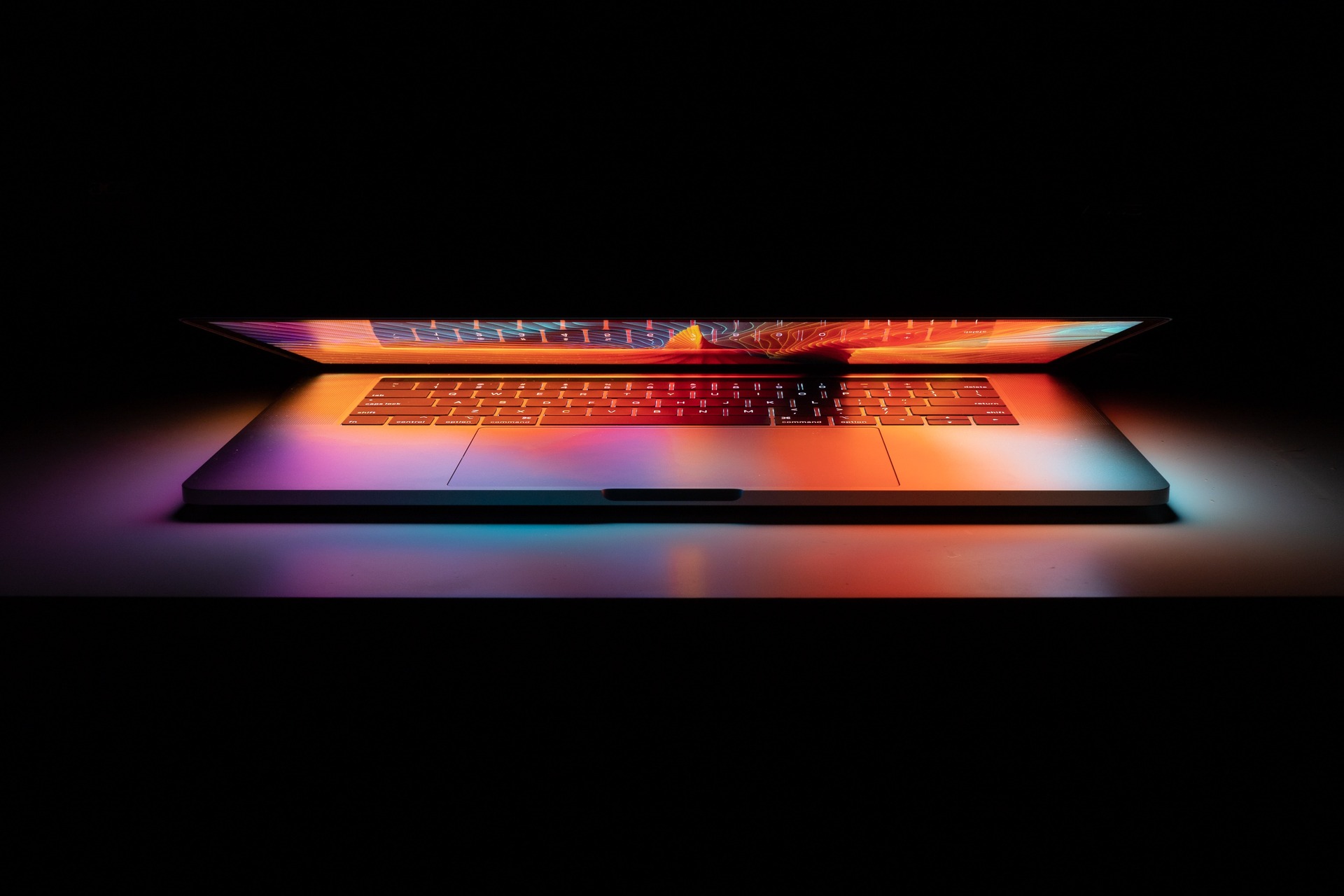When it comes to artificial intelligence in the workforce, you’ll typically hear two opposing sides. Some people are enthusiastic about its potential while others worry it’ll take jobs away from workers. As AI adoption increases, it’s important to think about the impact of artificial intelligence on jobs.
As of late 2018, 24.8% of large companies had already implemented some form of AI. That number will keep rising as the technology gets more advanced and cheaper. With more AI comes more automation, and that means some jobs won’t be necessary anymore.
Sometimes it seems like one side of this issue is too optimistic and the other is too pessimistic. So how will things actually turn out? Let’s dive deeper into the impact of artificial intelligence on employment.
Artificial Intelligence’s Impact on Job Losses
First, let’s look at how AI could contribute to job losses. Many AI enthusiasts say that as it automates processes, it allows employees to focus on other work. The problem is there isn’t always enough other work for these employees to do. For example, retail is at a high risk for AI takeover since most tasks are repetitive and simplistic.
According to McKinsey Global Institute, AI can automate roughly 50% of all work activities right now. By 2030, that could translate to as many as 800 million lost jobs from automation. Since AI can teach itself to improve, the more companies use it, the more it can take over.
Moore’s Law holds that computing power will double every two years and simultaneously become cheaper. If that holds, then AI will be able to do exponentially more as time goes on. Computers will be able to handle millions of jobs that we need people for now.
Artificial Intelligence’s Impact on Job Creation
When you look at how fast AI can automate jobs, things look bleak. Still, there’s evidence that the impact of artificial intelligence won’t be all negative. AI does take away some jobs, but it can also be a job creator.
The World Economic Forum predicts that technology will create 133 million jobs by 2022 and take just 75 million. AI will take over work like data entry and physical tasks, but professions like big data specialists will grow. As AI becomes more crucial for business, it creates a need for workers who can program and use it.
New jobs we haven’t even thought of as a society yet will arise in the future too. Look at how things have turned out over history. Once-in-demand jobs like blacksmiths and agricultural workers aren’t nearly as prevalent now, but office work has created even more jobs.
The Final Verdict
Like any technology, AI will eventually create more jobs than it takes, but that transition could be challenging. AI advances at a much faster rate than other technologies, so it could take a while for the workforce to catch up. There will be a gap between when people lose jobs and when they develop the needed skills for the new world.
Even though AI may create more jobs, out-of-work employees may not be able to take them immediately. It’s not just a matter of the number of jobs, but the type of worker needed is changing. The demand for highly skilled labor is expanding as technology can automate more unskilled tasks.
People will need to acquire new skills and education to meet the needs that AI creates. As a result, there could be a period of substantial job loss before things get better. AI will eventually improve employment, but the transition period could be long and challenging.
AI Has Great Potential but Comes With Complications
It’s hard to deny how much potential AI holds for businesses. Tech as a whole has changed the world, but few technologies have been as revolutionary as AI. This disruptive potential is positive in the end but may be challenging in its implementation.
Going forward, employers have some difficult choices ahead of them. Adopting AI can bring considerable improvements, but it could also mean job losses early on. How that works out depends on how we use this technology.
Recent Stories
Follow Us On
Get the latest tech stories and news in seconds!
Sign up for our newsletter below to receive updates about technology trends














